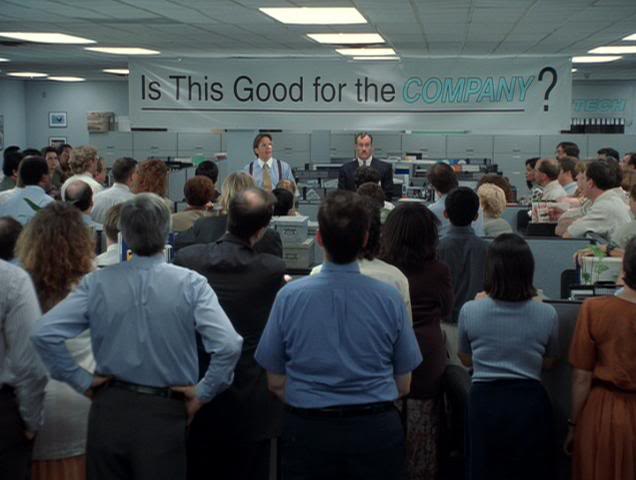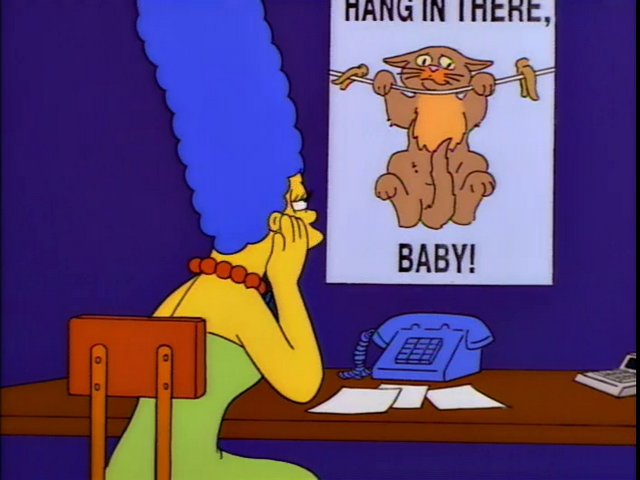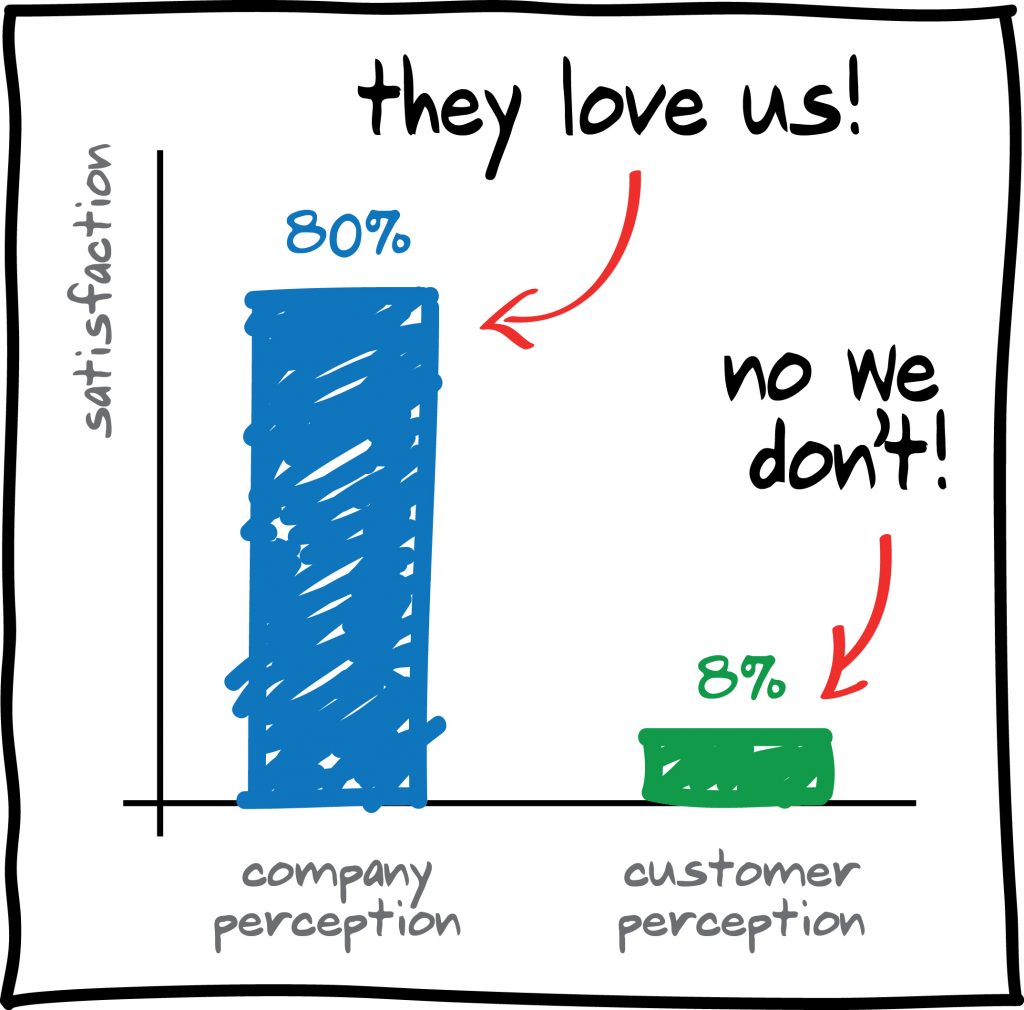Several years ago while consulting at a technology company, the HR director excitedly opened up a package in the conference room, spilling a rich selection of posters, cups, and assorted corporate swag over the table. When I asked about the contents, the director informed me these items were imprinted with the value statements the company professed to hold dear: replete with words like “trust” and “accountability”. The items were to be distributed throughout the office, pinned, hung and stashed on every available surface. Our multiple field offices would all get their own box brimming with similar items.
“They are our culture” she reminded me.
What Is Culture?
Culture (specifically workplace culture) is best defined as the customs, institutions, and shared experiences of a particular organizational group. These are the social interactions practiced in conference rooms, warehouses, and online between coworkers, clients, and teams.
Despite the best intentions of my HR director, workplace culture can’t be created whole cloth by displaying your mission statement throughout your environment, no matter how many printed cups are handed out. It doesn’t magically appear after you’ve written a values manifesto. It won’t permeate the halls and offices after you’ve pinned a poster to a wall in the break room. It won’t blossom after it is marketed on the About Us section on your company website.

Organizational culture isn’t a poster, a document, or a mission statement. Sure, such words may convey aspirational goals to chart towards, but let’s stop kidding ourselves that these immutable phrases accurately reflect the collective mood of a company at all times. Even worse, don’t fall into the assumption that these posters actually assist in building a positive work culture.
What’s so bad about posters?
It’s easy to understand the motivation for creating posters affixed with positive messages, however, the action is misplaced. Artifice won’t move the needle on promoting a positive culture at your workplace. Such top-down culture descriptors too often play as insincere statements that fail to accurately describe how the organization really acts. Instead, leadership is promoting a set of ideals that employees plainly see isn’t being practiced. It isn’t long before your workforce realizes the disconnect between words and actions. Don’t let your culture manifesto become the punchline to a very bad joke.
[When there is a] false projection of success by the leadership, people lose confidence — their thinking is, ‘either the leaders are too stupid to see it, or they think the team is too stupid to realize it’ – and start heading for the exits.
Brandon Chu
These posters will prove detrimental if employees see actions not truly reflected in the words. In short, don’t post such statements if you aren’t prepared to honor them daily.
Action over Affectation
As leaders, we can’t state our wishes for corporate culture and hope for the best. Teams will look to leadership for guidance in how the company should act. Let’s focus less on a perfect mission statement banner and more on incrementally developing a shared standard of group interaction.
Simply put: Your office culture is the summation of experiences (positive and negative!) that radiate throughout your entire organization. This is realized in how the organization treats itself, its employees, and its customers. Culture can only manifest incrementally through the combined actions of your business and employees. If you aim to increase the positive culture in your organization, live by the principles you profess to hold dear. Dismiss actions that fail to reflect the aspirations you attempt to be weighed against. Let your culture flow through your organization and manifest solely as the collection of experiences that you promote and perform.
Sound exhausting? It is!
Be prepared to actively question each of your actions and how they materially impact the perception of the organization. The process is slow and continually scrutinized by every action you and your staff takes. Assist the process by praising employees that positively act with intentions that align with the desired standards. Conversely, shut down bad actors who fail to live up to this standard. Jeff Sutherland makes this point integral to the success of SCRUM methodologies:
No Assholes. Don’t be one, and don’t allow the behavior. Anyone who causes emotional chaos, inspires fear or dread, or demeans or diminishes people needs to be stopped cold.
Jeff Sutherland, Scrum
Where do you measure up?
There are too many actions to single out as ones that positively and negatively affect workplace culture. An able barometer is to ask this question:
Does the action in question respect the team, themselves, the workplace, and their work?
Another exercise is to consider your organizational culture as a jar of marbles. Each marble represents a positive action that occurs in your workplace. Review the scorecard below. How full is your jar?
Drop marbles into your jar if:
- Your organization routinely performs “lessons learned” at project conclusion.
- Leadership says something and genuinely means it.
- Employees have ownership of operations, and thus endeavor to make them better.
- All ideas are considered, with the consensus ideas quickly put into action.
- Recruiting is transparent. Recruiters are proactive and available.
Remove marbles from your jar if:
- Your organization values process over client satisfaction.
- Your office has “need to know” or tiers of information availability.
- Leadership’s observations fail to reflect the state of play.
- Meetings run long (see: everyone’s time is respected).
- Recruiting is opaque and ambiguous. Positions are posted without actionable timelines.
Keep it simple
The process of building a positive corporate culture is a slow, incremental process. There are no overnight solutions to create a positive culture. It is built up, taken down, and built back up again through the collective actions of your people. Skip the posters and instead act with respect to all players on the team. This attitude is contagious and soon your organization will hold itself up to the shared high standard. Don’t give up.





